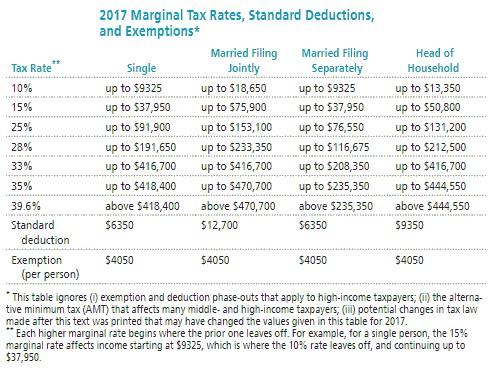Solve the problem.Find cos  , given that cos ? =
, given that cos ? =  and ? terminates in 0 < ? < ?/2.
and ? terminates in 0 < ? < ?/2.
A. 
B. 
C. 
D. 
Answer: A
You might also like to view...
?Stacey has $5,000,000 on deposit in a fund that earns 9% interest compounded annually. How much can Stacey withdraw annually from the fund in ten equal annual withdrawals to completely deplete the fund after the tenth draw, assuming the first withdrawal occurs one year from today?
A. ?$450,000 B. ?$714,771 C. ?$779,100 D. ?$555,555
Solve the problem. Refer to the table if necessary. src="https://sciemce.com/media/4/ppg__ttttt0611190833__f1q42g5.jpg" alt="" style="vertical-align: -4.0px;" /> Find her gross income.
A. $44,771
B. $51,921
C. $33,555
D. $48,346
 Carla earned wages of
Carla earned wages of  received
received  in interest from a savings account, and contributed
in interest from a savings account, and contributed  to a tax deferred retirement plan. She was entitled to a personal exemption of $4050 and had deductions totaling
to a tax deferred retirement plan. She was entitled to a personal exemption of $4050 and had deductions totaling
Express the product as a sum containing only sines or cosines.cos  cos
cos 
A.  cos2 (5?)
cos2 (5?)
B.  [cos (2?) + cos (3?)]
[cos (2?) + cos (3?)]
C.  [cos (6?) - sin (4?)]
[cos (6?) - sin (4?)]
D.  [cos (3?) - sin (2?)]
[cos (3?) - sin (2?)]
On August 1, 2016, Jason purchased machinery from Morgan for expanding its production operation. Morgan has given Jason three options for payment: a.$300,000 in cash nowb.$150,000 down payment now and $50,000 per year for the next ten years beginning August 1, 2017c.$100,000 now and $100,000 per year for five years beginning August 1, 2017? Required:Determine which of the above payment plans has the lowest present value. Clearly label all of your work. The effective annual interest rate is expected to be 12% during this period.
What will be an ideal response?